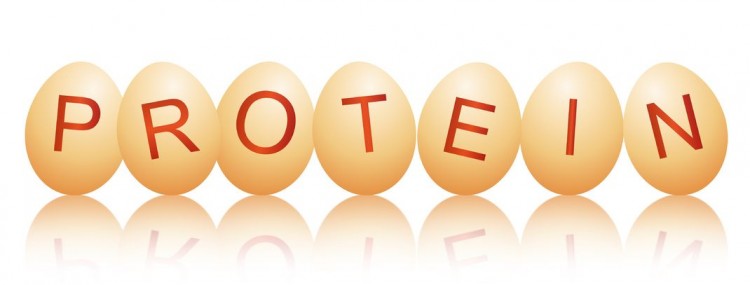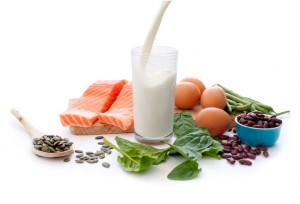
5 Ways To Get Proteins
 They are not called building blocks for nothing!
They are not called building blocks for nothing!
Proteins build almost everything that allows our body functions to proceed without a glitch. They are part of enzymes that digest food, hormones that regulate blood sugar, mood, growth and metabolism. They are part of the muscles, hair, teeth, nails and skin!
It’s only fair that we pay as much attention as possible to include the right amounts and the right kinds of protein in our diet.
The quality of protein matters as much as the quantity. Most nutrition experts would advise getting 0.8 grams to 1.0 grams of protein per kilo of ideal body weight. This means, if you weigh 60 kg and are not overweight, you would need somewhere between 54 to 60 grams of protein per day. Of course, children and growing teens would need more. As for quality, like most macronutrients, there are “good” proteins, and then “not so good” proteins. However, unlike fats and carbs, the “not so good” proteins do not harm in any way – they simply do not meet the requirements of the body and are incomplete. There are ways of combining different foods though to make them complete and effective.
Here are five ways to get some good protein into your healthy plate.
- Egg whites: Eggs are rated the highest in terms of protein quality and bioavailability (which is a measure of how much of the protein in the food is absorbed by the body). A medium sized egg can add about 6 grams of protein without the added burden of cholesterol or fat. Simply boil 2 eggs and discard the yellow, or make a curry of boiled egg whites. It could even be sliced up and served as a sandwich with brown bread!
- Non fat tofu: This is a boon for vegans since soy is the best source of plant protein. Soy ranks highest among all other cereals and pulses in terms of quality and quantity of protein. The only problem in eating tofu – a fermented paneer of soybeans – is that it is high in saturated fat as well. Most stores in metros do store non fat versions of tofu these days, which is a winner! Add it to gravies, soups, and grate into paranthas. The possibilities are endless!
- Low fat milk and curd: Most strict vegetarians do include milk and curd in their diets. Dairy products are excellent sources of good quality protein, when the saturated fat content is removed. Double toned milk or “slim” milk are ideal for adding more proteins. Get in two glasses of toned milk and two big cups of low fat curds every day to get maximum proteins.
- Fish: Fish, including salmon, herring, trout and mackerel are great sources of protein. But the catch here is the cooking method they are subject to. Most Indians, who do eat fish, prefer to deep fry or use a lot of oil and heat to cook them. This unfortunately destroys some of the protein, and besides, takes away the “goodness” factor by adding in more of fats and toxins in the process of deep frying. For best results, they should be lightly steamed or boiled in gravies.
- Cereal and pulse combination: This mix and match, which is a traditional way of eating in most Indian cuisines (sambar and rice, dal and rice, or khichdi) ensures the proteins are complete. The ideal ratio of cereals to pulses is 2 : 1 , which makes it possible for proteins to be used in the body for all the right things.
Besides these, other new entrants such as quinoa, which is a great protein powerhouse, but is expensive and not available everywhere.
A great way to get all your protein needs met in today’s busy schedules, is to order your high protein meal at caloriecare.com. Expert nutritionists and chefs ensure each meal is designed to meet your protein needs with the right ingredients. All you have to do is log on to caloriecare.com and choose your healthy menu!



